The Police Investigation
*Warning* This post contains material related to the murder of Jeanette and Harvey Crewe. There are NO images of the bodies, and all the images and other material used in this blog are freely available on the NZ Police website, but in case you are sensitive to this sort of thing, reader discretion is advised
June 23 1970
Jeanette and Harvey Crewe are missing, their daughter has been found alone and crying in her crib, seemingly abandoned. The only clues, bloodstains on the living room carpet, indicating some act of violence has occurred at unassuming, rural farmstead. The usually quiet countryside is anything but on the morning of June 23rd, as police descend on the Crewe farm to begin their investigations in earnest.
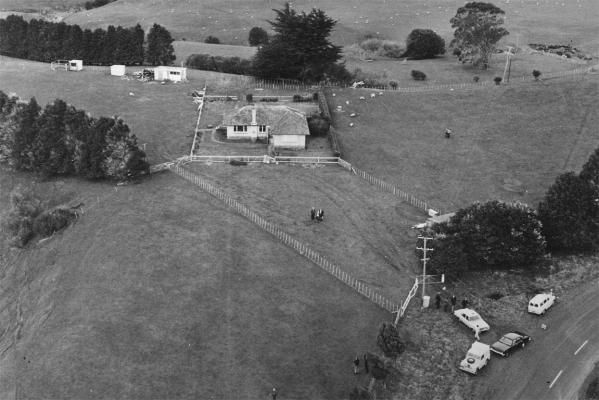 |
| Aerial view of Crewe farm |
Inside the house, every room is photographed, along with any points
of specific interest. Such as, the dining room table, where the remains
of the Crewe's dinner still sits, as if whatever happened here
interrupted the family just as they were finishing their evening meal.
Harvey's
armchair has a prominent bloodstain on the right side of the seat
cushion. Police also find blood spots underneath this
chair, indicating it may have been moved after the attack, though why remains a mystery. Certainly not to cover
up the bloodstains since there are a several much larger stains left in
plain sight.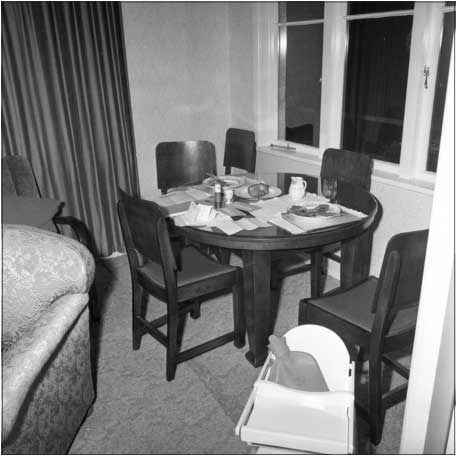 |
| Dining room with meal remains still in place |
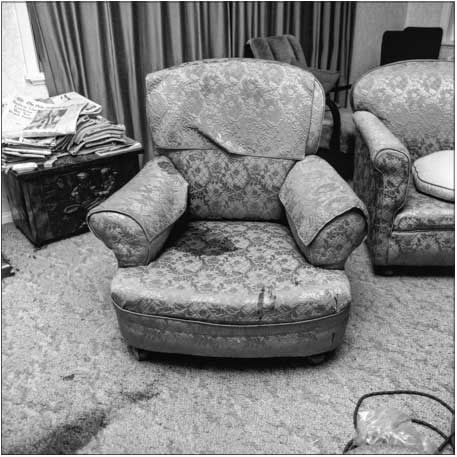 |
| Harvey Crewe's bloodstained armchair |
Two of the team's constables are detailed with searching for this possible weapon, as well as any other important clues. They make a grid search of the lawn and garden, but they fail to find anything deemed relevant to the investigation. You'll want to remember this little detail, it's going to be important.
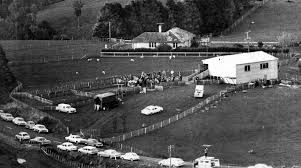 |
| The Wool Shed base of operations |
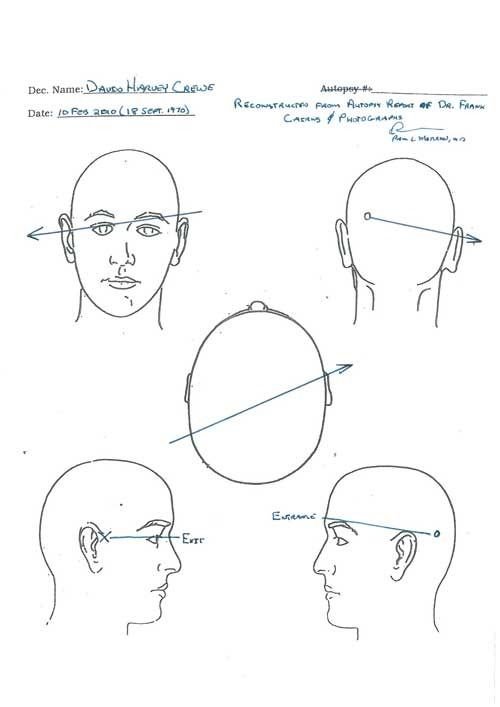 |
| Wound trajectory for Jeanette Crewe |
But they do not find the bodies until the morning of August 16, when Joseph Charles Adams and John Henry Gerbowitz make their way down to the Waikato riverbank, about 10kms downstream from Tuakau bridge, to rig up their setnets for a day's whitebaiting.
They find Jeanette Harvey's body floating in the river, wrapped in material and tied with copper wire. The Crewe investigation team are contacted, and pathologist Doctor Cairns accompanies them to retrieve the body. Cairns conducts a cursory examination on the scene and determines that Jeanette had been shot with a single .22 bullet to the head.
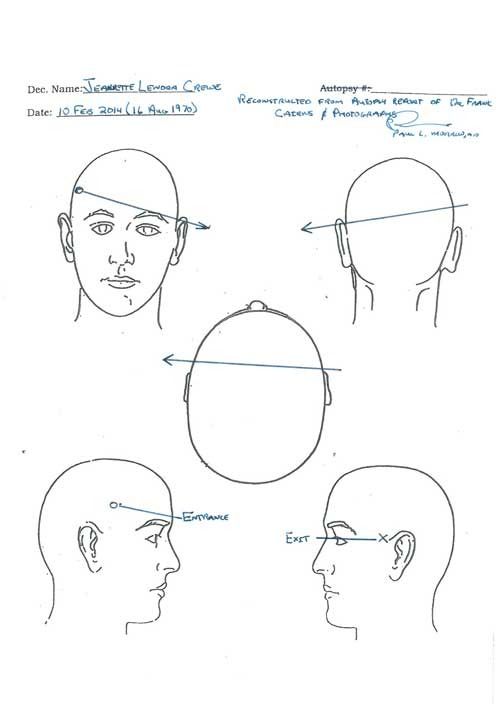 |
| Wound trajectory for Harvey Crewe |
The Suspects
In February 1970 May Demler, Jeanette's mother dies after a long illness. Lenard Demler continues to live and work his 465 acre farm alone, but regularly has dinner with his daughter and Son-in-law, on the neighbouring farm. After the murders, Detective Inspector Bruce Hutton, is convinced that Demler murdered Jeanette and Harvey, and that his motive is connected to his wife's recent death, and the allocation of her estate. Police immediately act on these suspicions, taking Demler's car for forensic examination and bringing him in for interviews on a number of occasions.
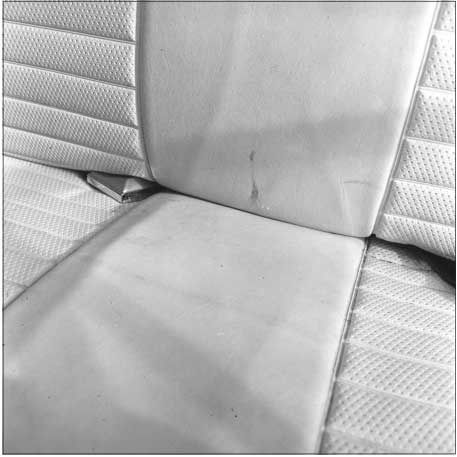 |
| Blood spots in Demler's car |
Then, there's Demler's odd behaviour, from the time he discovers his grandchild alone in the house, and during the search for Jeanette and Harvey.
Demler is the first one to discover the crime scene, but leaves his granddaughter, despite her distress, alone again for nearly an hour while he returns home to cancel the pick-up of a load a sheep, then drives to the home of his neighbour, Owen Priest before returning to the Crewe residence.
The next day, just about everybody in the Pukekawa area turns out to help with the search for Jeanette and Harvey. The men join police in their search efforts, the ladies provide tea, coffee and sandwiches to keep the searchers going. But Lenard Demler shows no interest in helping to search for his daughter and Son-in-law. Hutton sees these behaviours as suspicious, and on the same day that police begin their search for the Crewe's and their investigation of the home, Hutton has his first official interview with Lenard Demler.
Demler is asked to relate the events which led to his finding the house in the state that it was, and he also relates the nuisance crimes that occured in the years and months before the murder; specifically, the house fire, the barn fire, and the burglary.
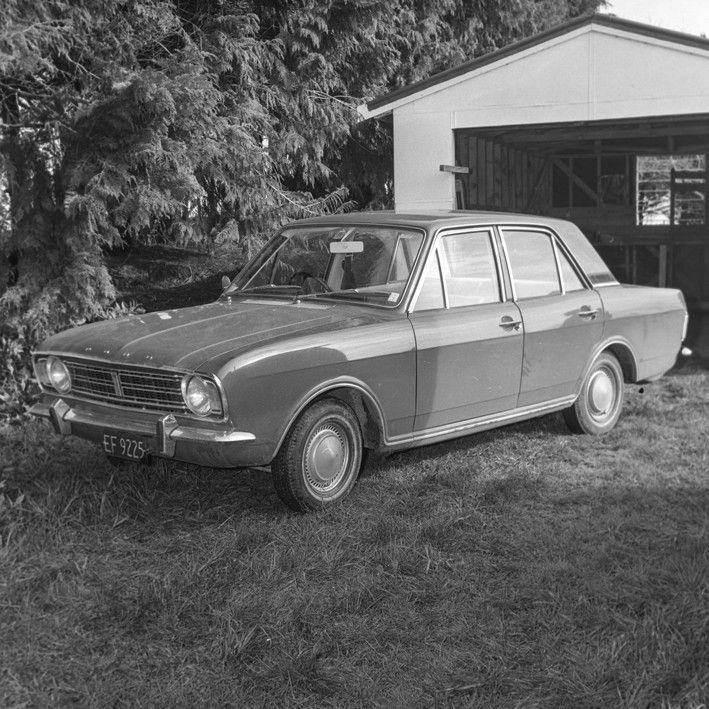 |
| Lenard Demler's Ford Cortina |
On June 26, Demler is interviewed again, and Detective Hutton tells him that he believes he is responsible for the murders.
A week later, on July 2, another suspect comes up on Detectives radar. A friend of Jeanette's comes forward and tells the investigation team that local farmer, Arthur Allan Thomas, had once persued Jeanette romantically, prior to her marriage to Harvey Crewe. Jeanette firmly rejected Thomas however, and he had appeared to take it quite well at the time, going on to marry his current wife, Vivian, and leasing a farm on Mercer Ferry Road. Police also learn that a brush and comb set gifted to Jeanette by Thomas, was supposedly among the items stolen from the Crewe house when the house was burgled in July 1967.
At this point, Demler is still the investigative team's main suspect, they continue to interview him time and time again, accusing him of the murder, questioning why he left Rochelle in her crib for so long after he supposedly "discovered" the crime scene; was it because he was actually using that time to clean up evidence? They accuse him of using his car to move the bodies and point out the blood evidence they have backing up that theory. Demler is interviewed on no less than 15 occasions, sometimes at the station, sometimes the wool shed HQ and sometimes in his own home.
He is taken through the Crewe home twice and asked to account for the location of various items and furniture (which may have been moved from their normal positions according to witnesses).
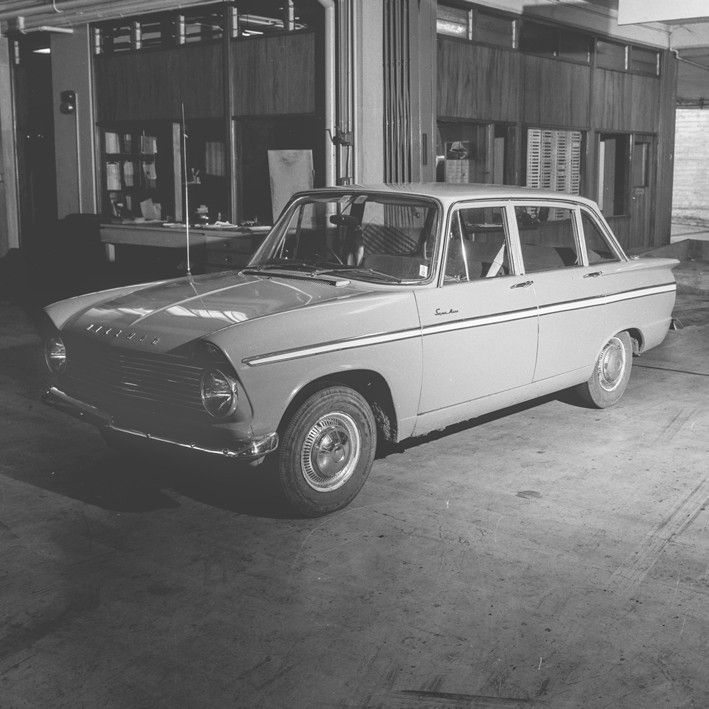 But while the investigators continue to focus on Demler, they are also
beginning to find out more about their other suspect, Arthur Allan
Thomas. They have already interviewed Thomas briefly at his farm,
taken fingerprints, and examined his car, a Hillman Super Minx, for
blood or other signs that he had used it to move the bodies of the
Crewe's. They find nothing. After Jeanette's body is found, nothing much changes, and detectives still believe that Demler is
their best suspect, but the discovery of Harvey's body changes
everything.
But while the investigators continue to focus on Demler, they are also
beginning to find out more about their other suspect, Arthur Allan
Thomas. They have already interviewed Thomas briefly at his farm,
taken fingerprints, and examined his car, a Hillman Super Minx, for
blood or other signs that he had used it to move the bodies of the
Crewe's. They find nothing. After Jeanette's body is found, nothing much changes, and detectives still believe that Demler is
their best suspect, but the discovery of Harvey's body changes
everything.Coming up in part three....
The police case against Arthur Allan Thomas.
Accusations of evidence tampering.
Two trials and a Royal Pardon.
If you're interested in examining the evidence, witness statements, pathologists reports and the other documents for yourself, you can find them all on the New Zealand Police website as part of their 2014 review of this case
2014 Crewe Murder Review
We have evidence to show a great injustice...evidence and statements provided to us by Des Thomas
ReplyDelete